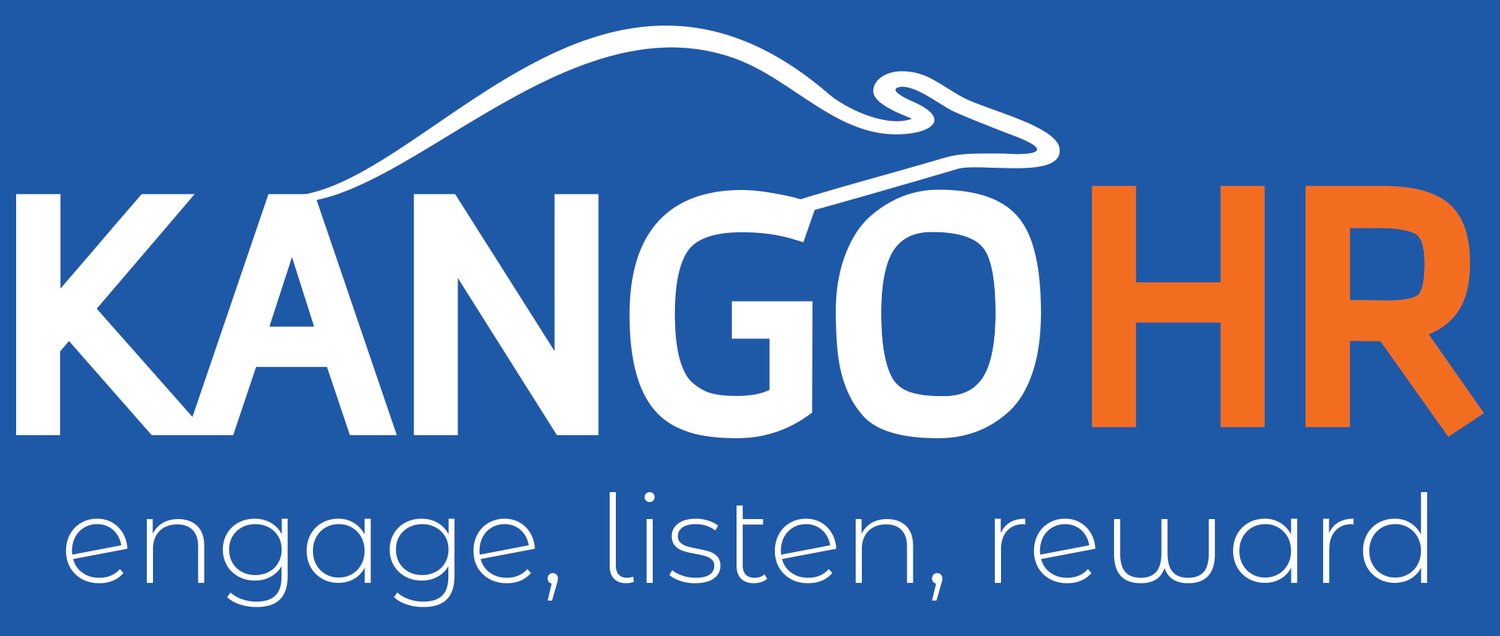What’s the Goal of Onboarding Employees Anyways?
Values matter in these unique times
30 Second Summary
Gallup found only 12% of employees strongly agreed that their organization did a great job onboarding them. What does that mean? Do employees have the same definition of what onboarding is as HR? Throw in senior executives and you have three audiences who may have different goals for onboarding. Thus good intentions are not maximized when there are too many stakeholders involved. The result can be bland experiences.
The goal of successful employee engagement and retention begins with onboarding. KangoGift has traced engagement and satisfaction to the onboarding process. It is almost certain you are in the 88% whose onboarding practices can be improved in specific ways. Assume that’s true, and follow KangoGift to learn what that means.
In-depth:
When I am talking with human resources leaders on behalf of KangoGift, frequent terms are employee engagement and retention and also, onboarding are raised. What is telling, is these terms are not spoken in the same context. Far too many organizations don’t see the connection between the two. The results of these are problems.
I notice a certain trait when I meet those organizations that do onboarding well. They educate the new employee on the organization’s culture and values. They make them more than just a drone in the hive, they make them a contributing member of an exceptional, goal-oriented, entity.
I share three actions with KangoGift’s customers that make onboarding successful.
Communicate and show your values
Let employees express themselves
Ensure senior leaders welcome the new staffers warmly and sincerely
Communicate and show your values- This is critical because you need to inform and not overwhelm. Critically, first impressions of your organization's pillars and educating employees of them matter. Now you need to show them what you are. You’re no longer just a web page or online review.
This is the time you share your hard-core beliefs. You need to immerse your hires in your culture and make sure they both understand it and feel welcomed as they grow into it.
Communicating your values is more than a speech by an HR person or some other executive; you need to show examples of people thriving by living in the organization’s values. The commitment to your values by your employees is not enough. Demonstrating and reinforcing them with examples of leadership's behaviors matter.
If you bring your documents and mission statement to life, you are showing your values are used in the day-to-day of your organization. Deeds, not words.
Let employees express themselves—This is the part of the onboarding process where the employees are allowed to express themselves. It represents a complete break from the traditional one-way, top-down, model of onboarding. It humanizes the dull and drab way onboarding has been viewed.
So what can you do to let employees express themselves? Well, I would recommend asking employees how they work. This can be unique based on the employee and increases the chance for a successful integration since the appropriate managers know what to expect.
The KangoGift onboarding solutions are an example of a tool that makes the onboarding process easier because it provides a customized offering to each employee. Now the employee who is contemplative and has sudden bursts of work periods can be identified to the manager so the appropriate methods can be set up. You can even find out what they enjoy, if your culture is very social to make the employee feel better.
Ensure senior leaders welcome the new staffers sincerely and warmly—If you want your new employees to buy into your culture then they have to understand, and believe, that senior management lives and believes in the culture that is being taught during onboarding.
I enjoy the discussions around this subject matter because, in today’s environment, the question is, how do we have senior leaders reach out and communicate with staff? The means itself doesn’t matter. You can reach out by Zoom or in person. It is the fact that you do and how you do so that the individual feels comfortable presenting themselves. That warm welcome means a lot to an employee being onboarded. It goes beyond normal employee engagement and makes the individual feel they are part of a larger whole.
In this case, the questions are the answers:
Communicate and show your values
Let employees express themselves
Ensure senior leaders welcome the new staffers warmly and sincerely
Conclusion: Onboarding is the only chance to ensure new employees buy into your organizational culture. You can strive to do a perfect job with it if you expect your future employee engagement to succeed. Solutions like the ones KangoGift provides can help ease the difficulty of onboarding and ensure a stronger, overall enhanced, employee culture.

